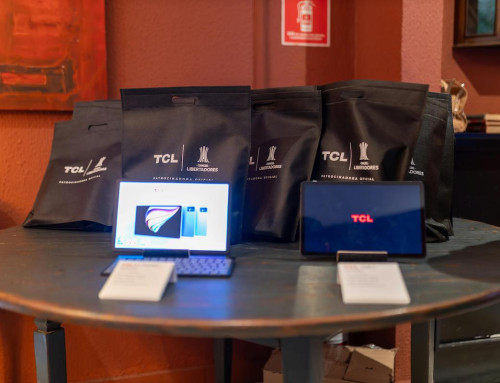Is there an upcoming onboarding in your calendar?
If so, it’s likely that you’ve already been through a formal interview process and you’ve found an individual that you’re keen to call a member of the team.
To ensure the new employee has a smooth transition from their current role into the open position you’re attempting to fill, it’s crucial that you carry out a comprehensive onboarding process.
So businesses know exactly what to expect ahead of an onboarding, we explain the process in detail below.
What is onboarding?
Onboarding is a broad term used to describe the process of enlisting new employees to work for a company.
It is also used to describe the welcoming process for new clients that have agreed to pay a fee for your goods or services.
For this article, we’ll focus on the first definition. In this instance, an onboarding is a meeting scheduled by an employer to help a new employee assimilate into their role and the business as a whole.
This process supports a smooth integration into the company and can help the new hire feel like a part of the team as quickly as possible while they begin to learn more about the values, structure, and overarching mission of the business.
It’s also an ideal time to introduce them to members of the team and begin to build professional relationships.
Should you start the onboarding process before hiring an employee?
If you’re considering onboarding a new hire before they’ve signed on the dotted line, you may want to reconsider.
A comprehensive onboarding process requires time and resources, so it’s important to ensure the new recruit isn’t waiting on any other job offers before you begin the onboarding process.
While new hires can be onboarded before their official start date to familiarise them with the role, often an employer will ask them to sign an employment contract before the onboarding begins.
What does the onboarding process consist of?
‘Onboarding’ can cover a wide range of processes.
It includes everything from the moment you’ve made a formal job offer to an individual to the moment that individual has become a productive and recognized member of the team.
While the exact procedure will naturally vary from company to company, it’s important to have a set process to ensure every employee enters the business with the appropriate knowledge and expertise to confidently carry out the role they’ve been hired to perform.
Making an offer
As you might expect, the first stage of onboarding is to make a formal job offer to the preferred candidate for the position. In some instances, the candidate may be considering other offers, so it’s crucial that you don’t disregard alternatives before you’ve received formal acceptance.
Offer is accepted
The next stage is receiving formal acceptance of the job offer from the employee. From here, a contract can be drawn up in preparation for completion by the new hire. A quick call to discuss the next steps at this point is often beneficial to retain the interest of the new hire, especially if there’s a considerable waiting period before the individual can join the company.
Completing the paperwork
Signing on the dotted line is an essential part of the onboarding process for both the company and the new hire’s sense of job security. Not only should the new hire sign their staff contract, but they should also be sent all relevant health and safety documentation, policies, and employment benefits.
With the evolution of technology, these vital documents can even be signed digitally to help speed up this stage of the process and make onboarding remote employees even easier. These compliance formalities can then be dealt with before the employee has even started their new position.
Welcome meeting
Once the documentation is out of the way, a welcome meeting can take place. In many cases, this will be held on the employee’s first day at the new workplace, but it can be held before their official start date, too. This provides an opportunity for them to meet their colleagues, obtain role clarity, and really envision themselves in the new position.
Familiarization
In the first few days of starting the new role, a process of familiarization will be required. Whether they need to learn how to use new software, equipment, or procedures, this first week will mainly be a learning period. During this time, they will also have a chance to become familiar with the company culture and conventions.
Training
Depending on the role and degree of training required, this stage of onboarding can take anywhere from a few weeks to several months. Once the training has been completed (and they’ve made it through the probation period), they should be considered a capable member of the team.
Experience the world’s most customisable community platform
What happens next?
- Fill out this simple form
- Our team will quickly get in touch
- Need something else? Give us a quick call
“After this demo, it was clear I didn’t need to look anywhere else.”
Sam, Head of HR







